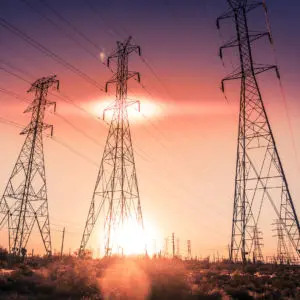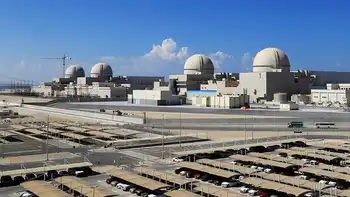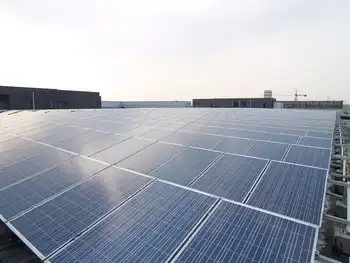Turning roofs into solar power plants
By Fortune Magazine
NFPA 70e Training - Arc Flash
Our customized live online or in‑person group training can be delivered to your staff at your location.

- Live Online
- 6 hours Instructor-led
- Group Training Available
ItÂ’s a potentially game-changing move, one that could lower the cost of solar cells as manufacturers ramp up production to meet the utilityÂ’s schedule of installing a megawatt-a-week of arrays until it reaches the 250-megawatt target. That alone is more than United StatesÂ’ entire production of solar cells in 2006 and will generate as much electricity as a small coal-fired power plant, albeit with no greenhouse gas emissions.
“This project will turn two square miles of unused commercial rooftops into advanced solar generating stations,” said John Bryson, CEO of the utility’s parent company, Edison International (EIX), in a recent statement.
The $875 million initiative also marks the first big foray into so-called distributed energy by a major utility. Instead of building a centralized power station and the expensive transmission system needed to transmit electricity to the power grid, Edison will connect clusters of solar arrays into existing neighborhood circuits. A significant hurdle for the massive megawatt solar power plants planned for CaliforniaÂ’s Mojave Desert is the need in some cases to build multi billion-dollar transmission systems through environmentally sensitive lands to bring the electricity to coastal metropolises.
Solar arrays of course only generate electricity when the sun is shining, but they produce the most power during the hottest part of the day when Southern Californians crank up their air conditioners. The arrays could help spare Edison from having to fire up a fossil-fuel power plant when demand peaks.
Edison spokesman Gil Alexander told Green Wombat that the utility expects the projectÂ’s scale to allow arrays to be placed on roofs at half the cost of a typical installation. EdisonÂ’s ambitions could prove a boon for solar cell makers like SunPower (SPWR) and Suntech (STP) as well as solar installation companies such as Akeena (AKNS). One unknown is whether the demand created by Edison will drive up costs in the short term, given ongoing shortages of polysilicon, the base material of solar cells. The Edison project could also help jump-start the market for thin-film solar panels, which typically use far less silicon than conventional solar cells.
Alexander says Edison is already negotiating with solar panel makers and installers. Needless to say, the project will up local hiring of green collar workers.
Here’s how the solar roofs initiative will work: Edison will lease 65 million square feet of warehouse rooftop space from building owners. (The target area is the fast-growing “Inland Empire” of Riverside and San Bernardino counties.) The utility will contract for the installation of the arrays and will retain ownership of the solar systems. California regulators appear inclined to approve the project, which will be financed by a hike in utility rates.
“This will be a utility-scale solar power plant, if one thinks of the 100 or so buildings on which the two square miles of solar panels will be installed,” Alexander wrote in an e-mail. “One advantage of this project is that we will tap unused rooftop real estate directly in areas we serve where demand is growing rather than securing a major plat of land in a remote area and then building transmission lines to bring the power to those areas of rising demand.”
Anyone who has driven through Los Angeles can attest to the endless acres of big-box stores, warehouses and strip malls and thus the potential to generate green power from sun-baked suburban sprawl.
EdisonÂ’s solar roof ramp up is likely to put pressure on CaliforniaÂ’s other big utilities, PG&E (PCG) and San Diego Gas & Electric (SRE), to follow suit. Like Edison, they face a state mandate to obtain 20 percent of their electricity from renewable sources by 2010 and 33 percent by 2020. CaliforniaÂ’s global warming law requires the stateÂ’s greenhouse gas emissions to be rolled back to 1990 levels by 2020.
The Governator himself gave a not-so-subtle nudge to EdisonÂ’s competitors.
“These are the kinds of big ideas we need to meet California’s long-term energy and climate change goals,” said Gov. Arnold Schwarzenegger in a statement. “I urge others to follow in their footsteps. If commercial buildings statewide partnered with utilities to put this solar technology on their rooftops, it would set off a huge wave of renewable energy growth.”











